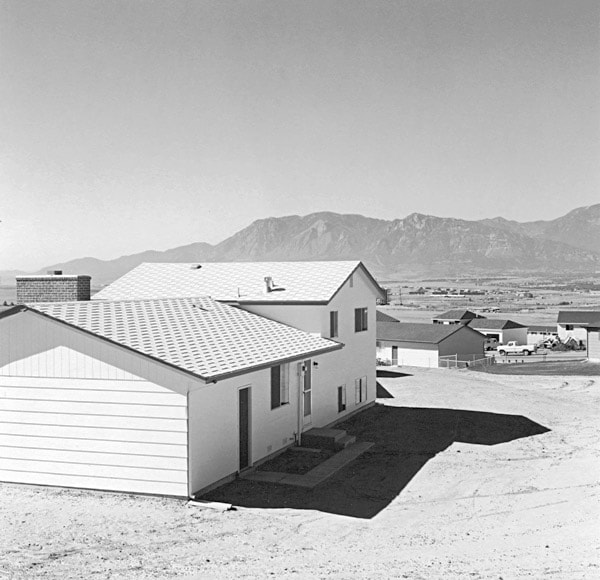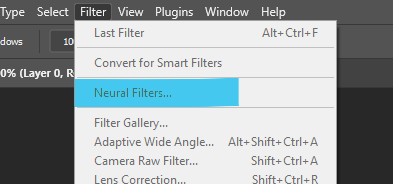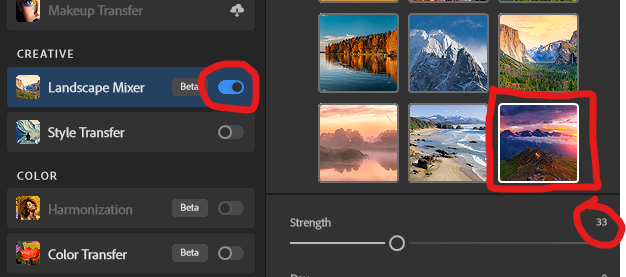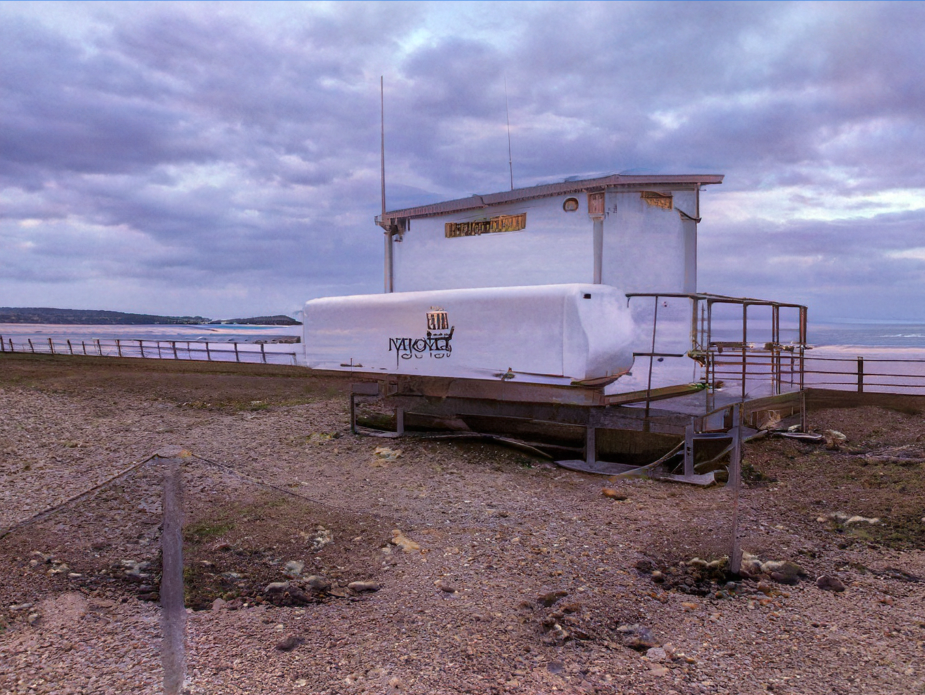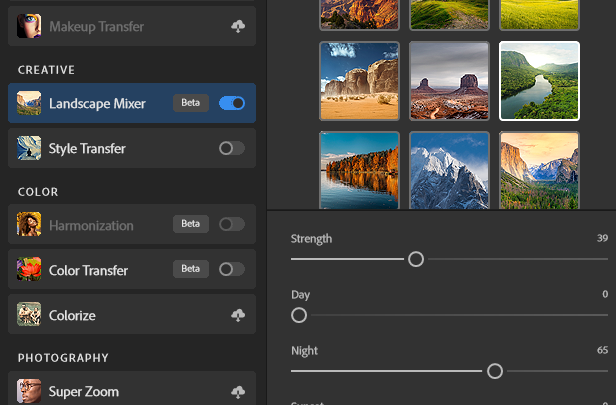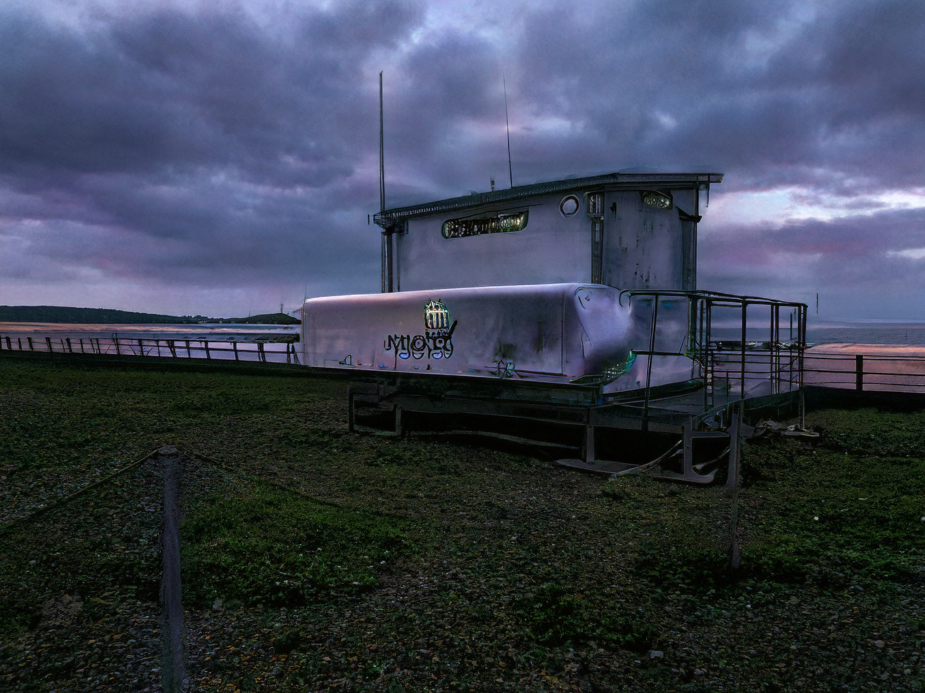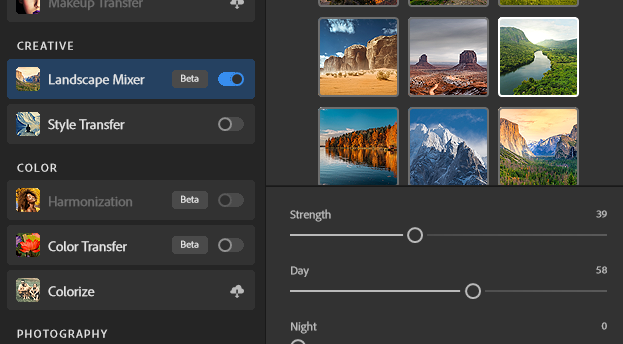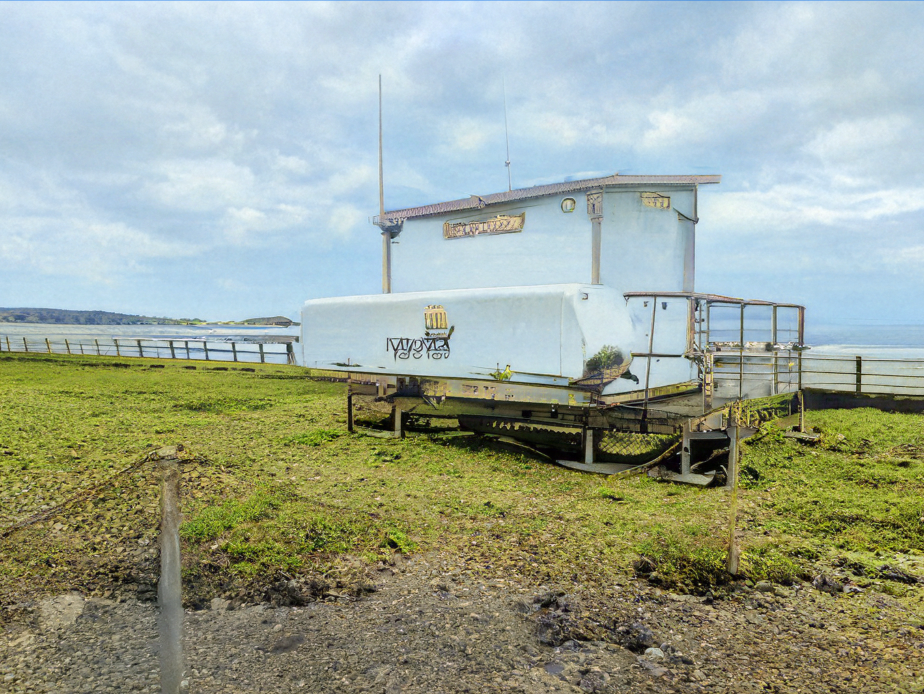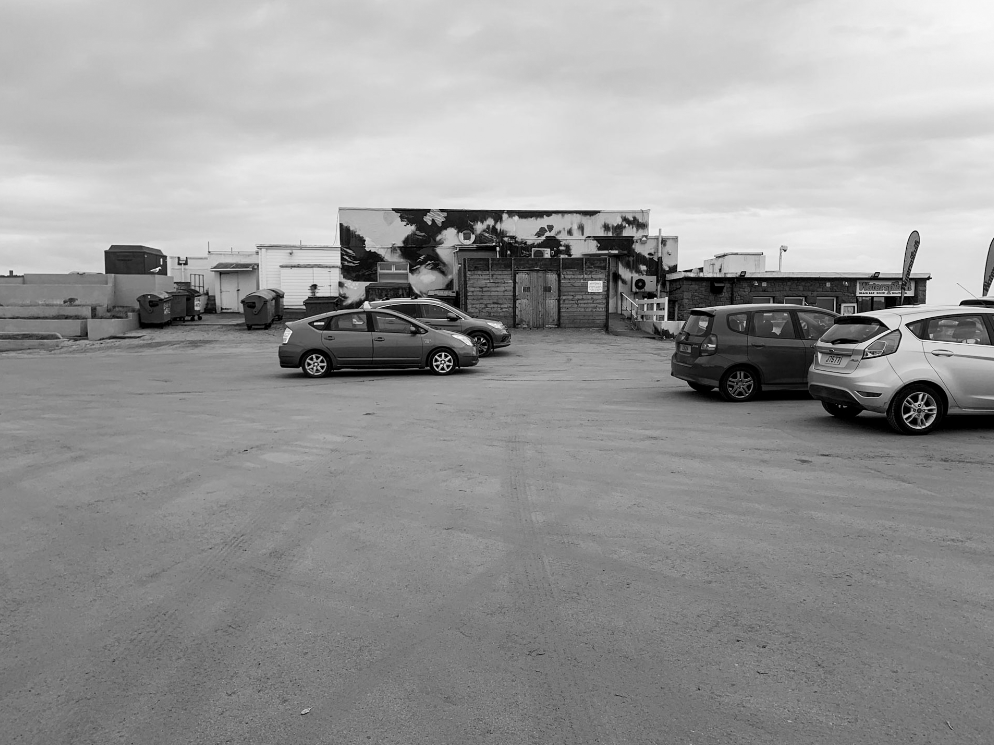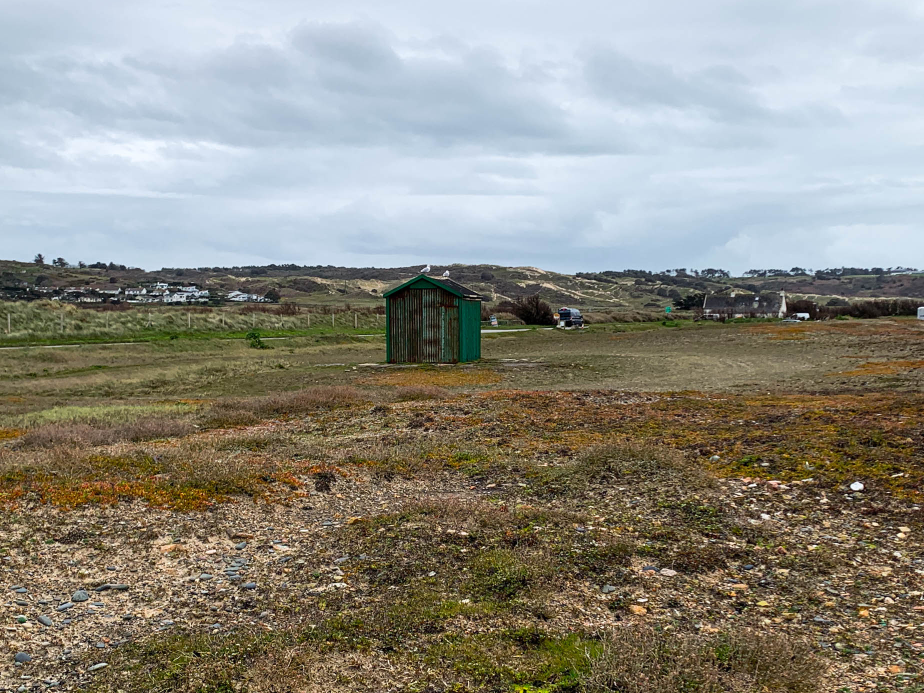Edward Burtynsky response:
What I’m inspired by:


Edward Burtynsky depicts locations where there is an increasing level of industrialisation and its impacts on humans and nature. The use of his wide angle camera and abstract view helps to show this.
For the photo shoot I would like to go to sites where you can see industrial parts as well as rural. I want to capture the contrast between the landscapes because I think this gives an interesting photo to look at. This shows in ways the beginning of industrialisation which I think is an interesting concept to explore in Anthropocene. I would like to capture the abstract and intricate look by experimenting with different views, so by having up close and slightly more far away images. I don’t want there to be much negative space because without, it gives the photo more depth, engaging you more. At first it might look to much and overcrowded but this makes it more memorable.
Places to photoshoot:
- Val de la mare reservoir – capturing from different views around: walk ways, different parts of they headland, buildings/ bridges, how the water flows around the headland. I think this will show a unique contrast between the industrial parts and rural parts as I’ll capture from wider angles which will show more areas of the landscape while also creating abstract looks.
- Ronez Quarry – for this I want to capture it from a far so I can capture the landscape from a birds eye view in response to Edward Burtynsky. This will show the landscape from an interesting perspective as you’ll be able to see interesting formations and the landscape differently.
Edward Burtynsky mostly uses drones to capture his photography, capturing very unique photos. In response of my own work I want to still capture the unique forms, but instead capturing from far away angles but editing it to creating an abstract look.







